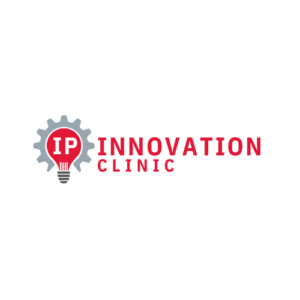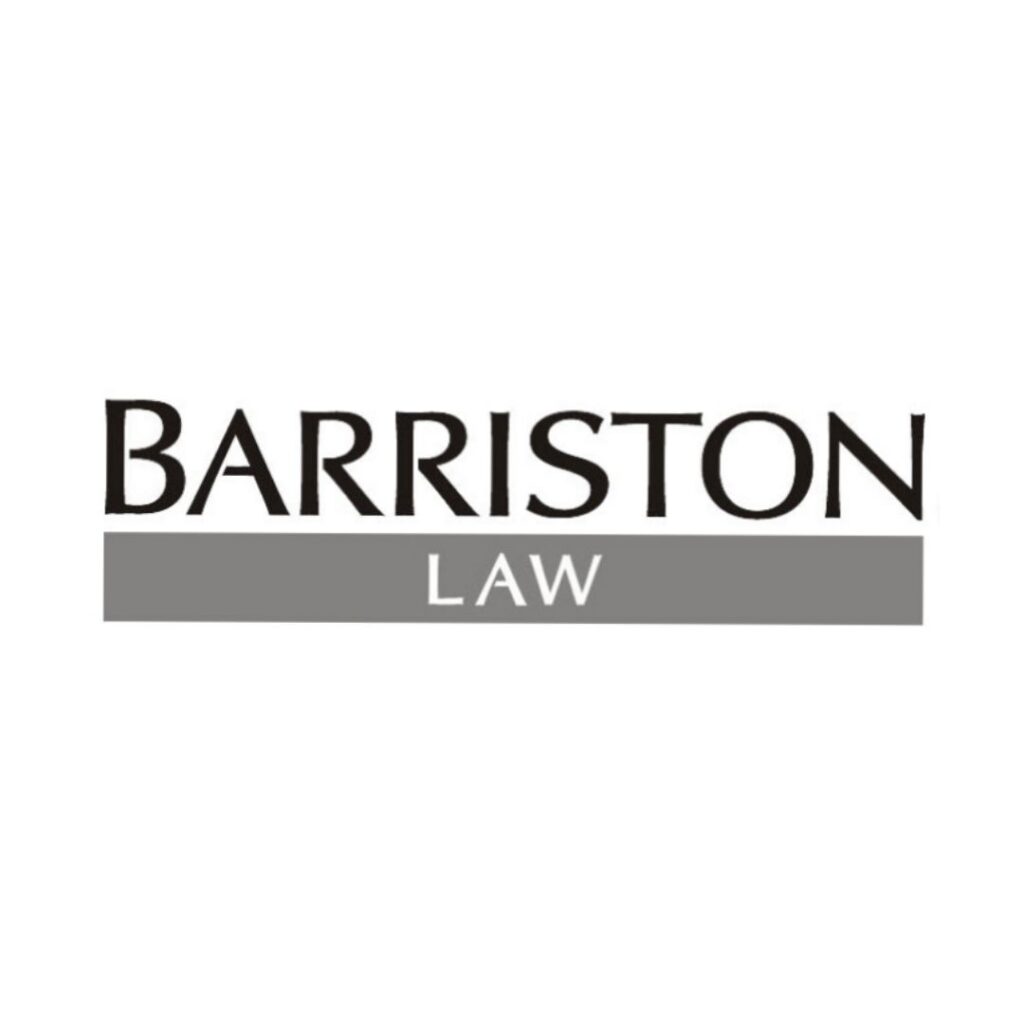Patent Law Overview
What is a Patent?
- A patent is a government grant of the exclusive right to make, use, and sell the subject matter of a recent invention (Patent Act, RSC 1985, c P-4, s 42)
- Pertains to inventions
- any new and useful art, process, machine, manufacture or composition of matter, or any new and useful improvement therein (Patent Act, RSC 1985, c P-4, s 2).
- Provides an exclusive right
- right to exclude others from making/using the invention without the consent of the patentee for a limited time
- Applies over a limited time period
- 20 years from the date of filing
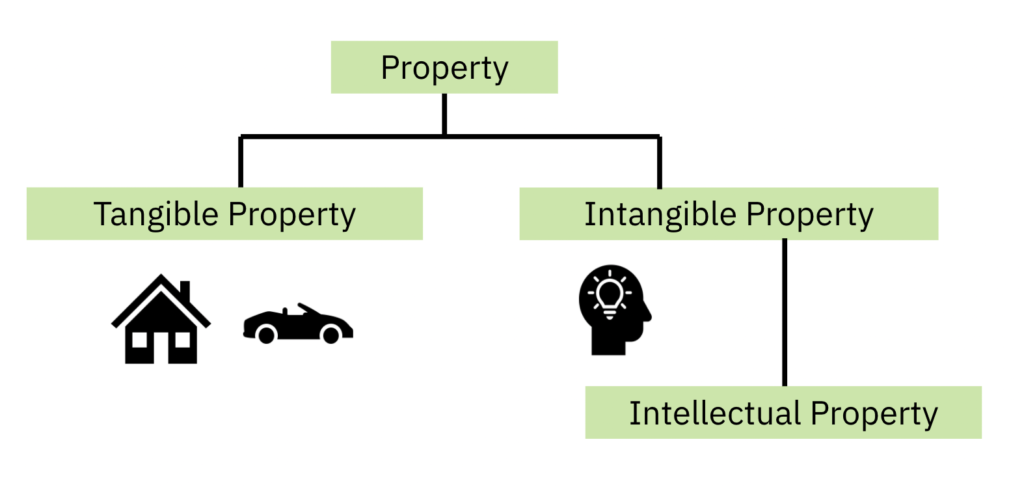
Types of Intellectual Property:
- Patents
- Trademarks
- Industrial Design
- Copyright
- Trade Secrets
Patent Jurisdicton
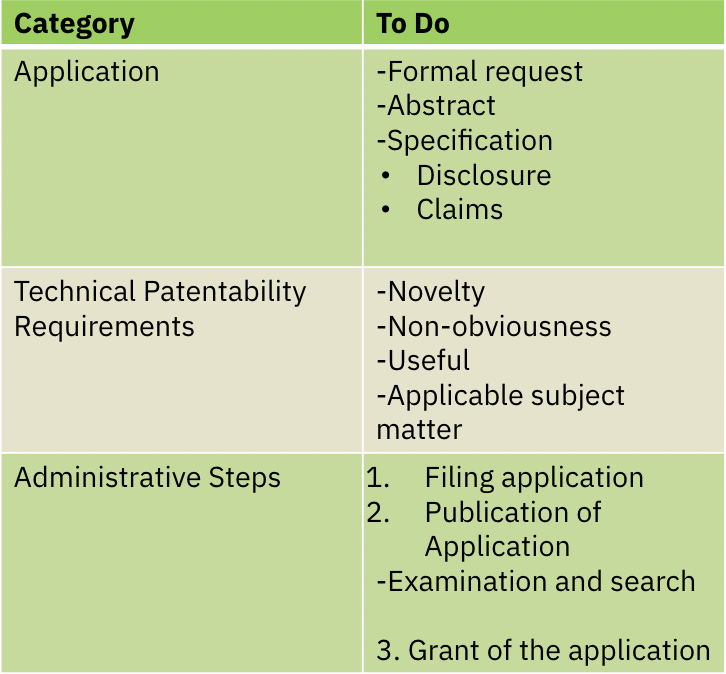
Where can I file?
- Patents granted jurisdictionally
- File in the jurisdiction in which protection is sought
- Exceptions:
- Regional patents
- International PCT system
Canadian Context
- Patents issued by CIPO
- Patent examiners, under the Commissioner of Patents, analyze patent applications
- Granting of patents governed by the federal Patent Act (RSC 1985, c P-4)
Note: request for examination does not need to happen at same time as filing
Novelty
The court must first determine:
- The state of the art as at the date of invention and the date of invention
The knowledge possessed by a person skilled in the art at the date of invention.
Anticipation
- Asserts that the idea expressed in the invention was already disclosed to persons skilled in that art
An alleged invention may fail the test of novelty on the following grounds:
- Anticipation by verbal disclosure or description;
- Anticipation by public show or exhibition;
- Anticipation by the existence of a prior patent or publication.
Non-obviousness
- A subjective test
- Must embody ingenuity
Indicators for ingenuity may include:
- A new “technical effect”
- “Surprise” the skilled but unimaginative technician
- Novel/superior
- Widely used in preference to alternative devices
- Have competitors or experts in the field ever thought of anything like it?
- Commercial success
utility
- Industrial applicability
- Whether the invention performs as described or predicted by the inventor
- Tied to what the applicant claims in the specification.
Doctrine of sound prediction
- Utility as well as legal rights may be founded on the basis of logically predictive areas of the invention
subject matter
Patentable Subject-Matter
- Art; knowledge, technology
- Process;
- Machine;
- Manufacture;
- Composition of matter
Non-Patentable Subject-Matter
- Scientific principles and abstract theorems;
- Ideas and Concepts; not embodied in an invention
- Methods of Medical Practice;
- Products of Nature;
- Substances intended for food;
- Aggregates;
- Accounting principles;
- Mathematical formulae;
- Rules of a game.
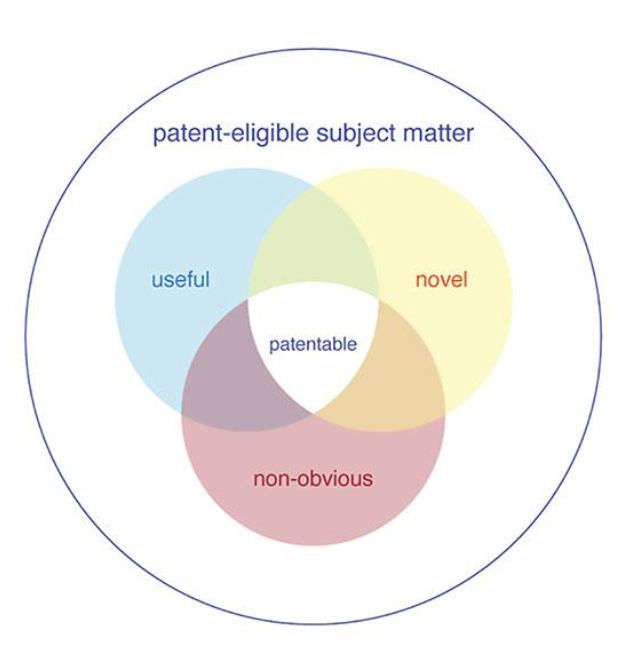
Mechanics and application procedure
So, you have an invention. How do you secure a patent?
- You can apply to secure a patent to gain exclusive rights to your invention
- A prior art search may help determine whether the idea already exists or what related ideas are out
- You must apply for and secure a patent in the jurisdiction you wish to gain exclusivity in
2-3 years
- Patent applications take between 2-3 years to be processed
- Timeline will vary depending on the case
$10-20K
- The average costs of securing a patent is (CIPO fees, legal fees, maintenance fees, etc.)
Step 1: Filing of the application
- Prior Art search would have already been conducted
- Not published typically for 18 month
- A patent application is comprised of:
- Fee
- Petition for the issuance of a patent
- Specifics details of the invention disclosure and claims
- Claims define the scope of protection inventor is seeking
Step 2: Publication of the application
- In some jurisdictions inventor can ask that it not be published
- Examinations Process (2-3 years)
-
- Preliminary examination and search
- Applicant may request its examination by patent examiners
- This stage of examination is usually focused on the prior art in the relevant field
- Its purpose is to ascertain whether the application meets the requirements and relates solely to one invention/a group of related inventions
- Substantive examination
- Applicant can request substantive examination of the legal merits of their application
- At the conclusion, the examiner provides a formal report to the applicant
- The applicant may submit a rebuttal if they have objections to the examiner’s report
- At this stage amendments may be made to the claims or disclosure
- Preliminary examination and search
- Completed application is published by CIPO
- Publication makes it known to the public you are seeking a patent
- A published patent becomes part of the public domain
- Others interested in the invention may raise objections
Step 3: Grant of the application
- You now have a patent
- Once all objections and requirements have been satisfied the CIPO will grant a patent
- Patent grant is finalized by the issuance of a certificate of grant
- Inventors can commercialize and obtain revenue from invention by selling or licensing their patent to another party
CIPO at a Glance
2018-2021 CIPO Metrics
- Received ~ 38k patent applications
- Examined ~29k
- Granted ~22k
- 90% of patents are for improvements to existing patented inventions
CIPO has an expedited process to accelerate patent applications relating to clean technology.
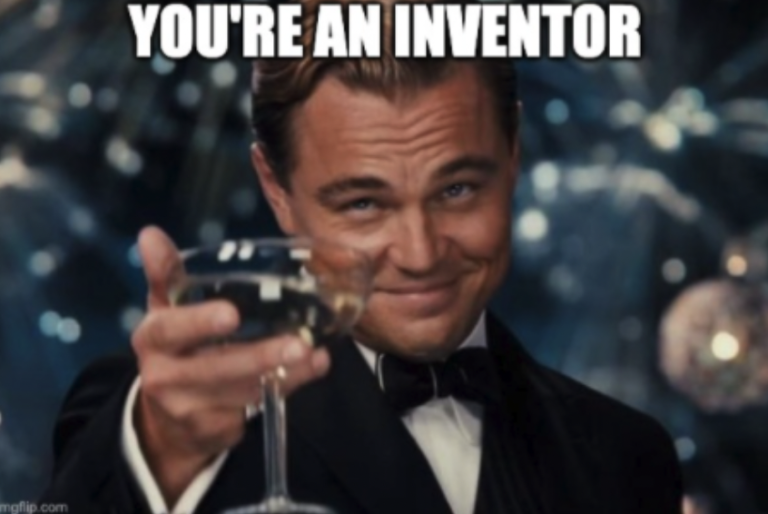
THIS IP CONTENT HAS BEEN PROVIDED BY IP INNOVATION CLINIC FELLOWS MARIELA GUTIERREZ, CLAIRE LA MANTIA, AND PEILIN YAO.
IP LUNCH CLUB: LIVE REPLAY
IP Innovation Clinic & Sandbox Centre held virtual info sessions throughout the month of March across a wide range of topics that aid you in making sure your business, idea, or product is protected. Thank you to Barriston Law for being the presenting partner of this series! Barriston joined these sessions to offer some local insights on how they are supporting the business community with IP protection and commercialization.
In this presentation, discover a greater understanding of what to expect when filing a patent application through the Canadian Intellectual Property Office. You will be able to explore the basics of Canadian patent law and the criteria used to assess patentability. Have an invention you are hoping to receive patent approval for? We will talk about the steps in the filing and
During the presentation there were a couple of resources mentioned by the IP Innovation Clinic team you can use right away:
- IP Innovation Clinic Chatbot – receive quick answers to basic IP information and assistance with IP related matters.
- IP Innovation Clinic Intake Process – become a client of the pro bono clinic.
- Canadian Intellectual Property Office – additional information as it relates to applying and filing to trademarks and patents in Canada
https://youtu.be/AvT5M1V0QoM
Thank you to our sponsors & partners of this series
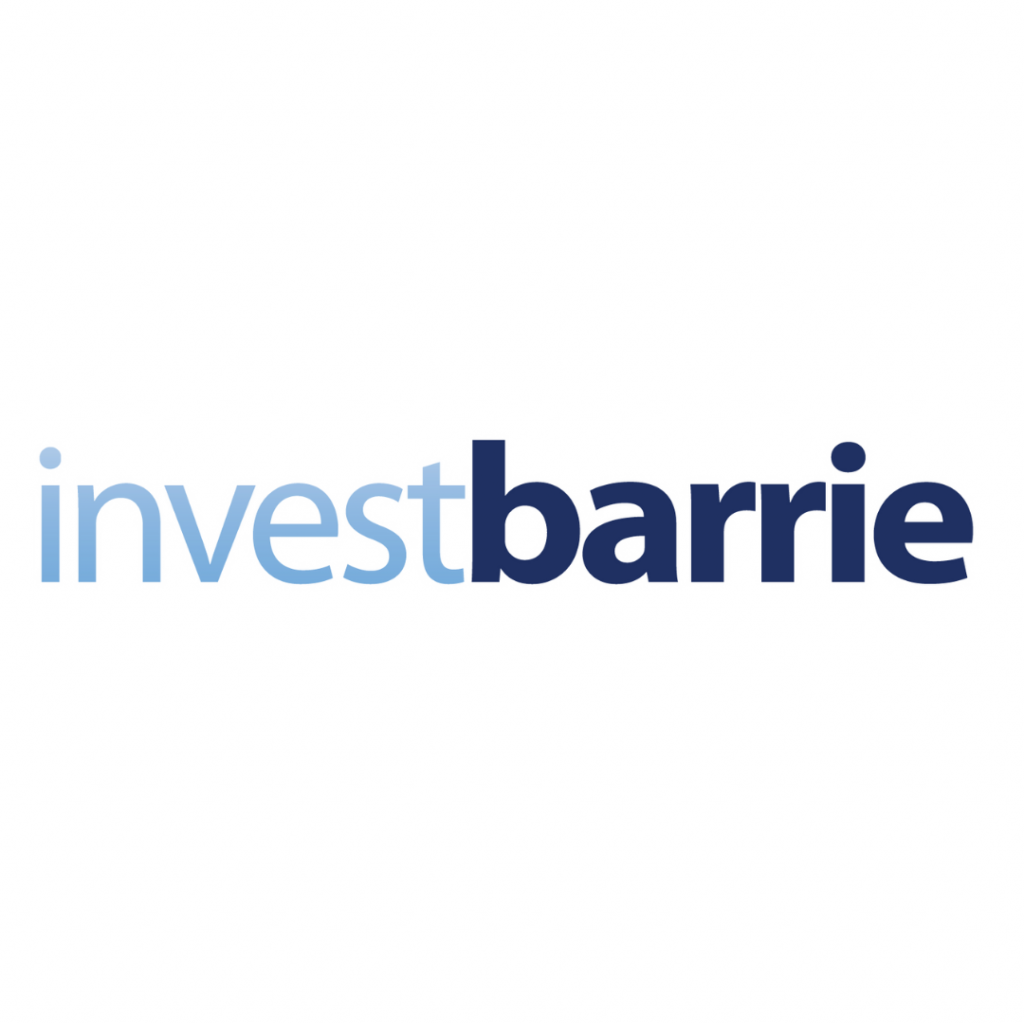
SHARE WITH YOUR NETWORK!
Share on facebook
Facebook
Share on twitter
Twitter
Share on linkedin
LinkedIn

